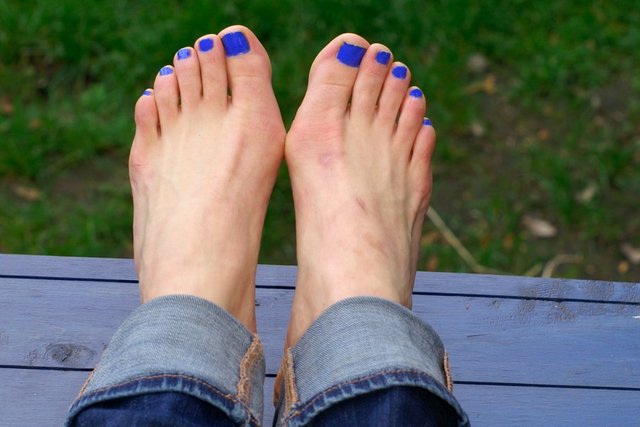Can a Bunion Grow Back After Surgery?

Even after a bunionectomy, it is typical for bunions to return. They are more likely to reoccur if your bunion surgery was only to shave off the bone, as opposed to a process like a lapidus bunionectomy or other means of realigning the bones of the foot.
Why would a shaved bunion grow back after a Bunionectomy?
The solution is simple: bunion surgery involves more than removing protrusion. Many people think a bunion is just an overgrowth of bone, but it's more than that.
A bunion develops when the big toe joint shifts and a metatarsal bone gradually moves out of place and pushes against the skin. That's what caused the bump. Shaving does not correct the position of the bones; therefore, the bad alignment (or "malalignment") worsens over time. This allows the metatarsal bone to push against the skin again, causing the bump to resurface.
Other factors that may lead to the recurrence of bunion deformities are:
- Juvenile Bunion Surgery - individuals who have bunion surgery at a young age are more likely to experience recurrence of their bunion as it may continue to develop with age
- Arthritis
- Severe Bunion Deformity
- Foot Anatomy - bunions are more likely to reoccur in people with flat feet
- Tight or poorly fitting shoes
- Performance of high-impact activities
- Poor Procedure Selection/Inadequate Surgical Technique
Unfortunately, bunions might return due to poor method selection or insufficient surgical technique, which means your surgeon fails to address the severity of the excessive motion or misalignment caused by the bunion deformity.
What is the right way to perform bunion surgery?
To adequately treat a bunion, the surgeon must adjust the misaligned bones. Recurring bunions are best treated with a technique known as Lapidus bunionectomy or Lapidus arthrodesis. This lapidus technique addresses the underlying bone's issue and restores it to its proper position.
Due to its low recurrence rate, the Lapidus bunionectomy is considered a "first line of defense" bunion surgery. The good news is that even if bunions reappear following a Lapidus operation, they can be properly treated.
Your doctor will create a treatment plan to prevent a bunion from recurring following surgery.
Sometimes, You Can’t Stop a Bunion
However, nothing is guaranteed when it comes to your health. Even after a successful surgery, bunions might recur. As you may have been aware, bunions are genetic. If your parents, grandparents, or great-grandparents had bunions, their DNA likely contributed to yours.
Because your genetics influence bunion formation, they can, sadly, affect the outcome of surgery.
Your Options for Avoiding Another Bunion
Thankfully, there are things you may take to prevent your bunion from returning. After surgery, you should consult with your podiatrist: carefully listen to their instructions and follow their advice throughout your rehabilitation.
Your podiatrist may recommend many techniques to prevent a recurrence. They include:
- Physical rehabilitation
- Removable splints
- Custom orthotics
- Lifestyle changes
Regarding physical therapy, your podiatrist will consider your specific needs, lifestyle, and any applicable restrictions to effectively assist you toward recovery.
Podiatrists commonly recommend that patients who have bunion surgery wear a detachable splint. Like other medical and podiatric splints, a bunion splint is usually padded or cushioned—it's something you use when you expect to sit or lie still for an extended time. A bunion splint, for example, could be worn while you sleep.
Similarly, a podiatrist can make you a pair of bespoke orthotics. Custom orthotics are typically in the shape of shoes designed to fit your feet. Their soles, contour, and shape relieve or redirect pressure on your feet.
Finally, there is a chance you will need to make some lifestyle modifications. While both men and women can develop bunions, some types of footwear are more likely to promote bunion growth. High heels, for example, are a common problem. If you've had bunion surgery, follow your podiatrist's advice on which shoes you should and should not wear — just because your bunion is gone doesn't guarantee it won't return.